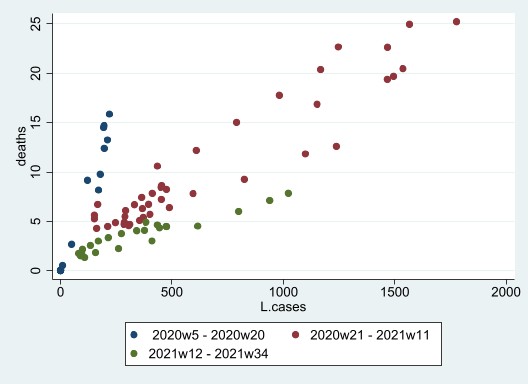Structural Breaks in Interactive Effects Panels and the Stock Market Reaction to COVID-19
Dealing with structural breaks is an important step in most, if not all, empirical economic research. This is particularly true in panel data comprised of many cross-sectional units, such as individuals, firms or countries, which are all affected by major events. The COVID-19 pandemic has affected most sectors of the global economy, and there is by now plenty of evidence to support this. The impact on stock markets is, however, still unclear. The fact that most markets seem to have partly recovered while the pandemic is still ongoing suggests that the relationship between stock returns and COVID-19 has been subject to structural change. It is therefore important to know if a structural break has occurred and, if it has, to infer the date of the break. In the present paper we take this last observation as a source of motivation to develop a new break detection toolbox that is applicable to different sized panels, easy to implement and robust to general forms of unobserved heterogeneity. The toolbox, which is the first of its kind, includes a test for structural change, a break date estimator, and a break date confidence interval. Application to a panel covering 61 countries from January 3 to September 25, 2020, leads to the detection of a structural break that is dated to the first week of April. The effect of COVID-19 is negative before the break and zero thereafter, implying that while markets did react, the reaction was short-lived. A possible explanation for this is the quantitative easing programs announced by central banks all over the world in the second half of March.
PDF Abstract